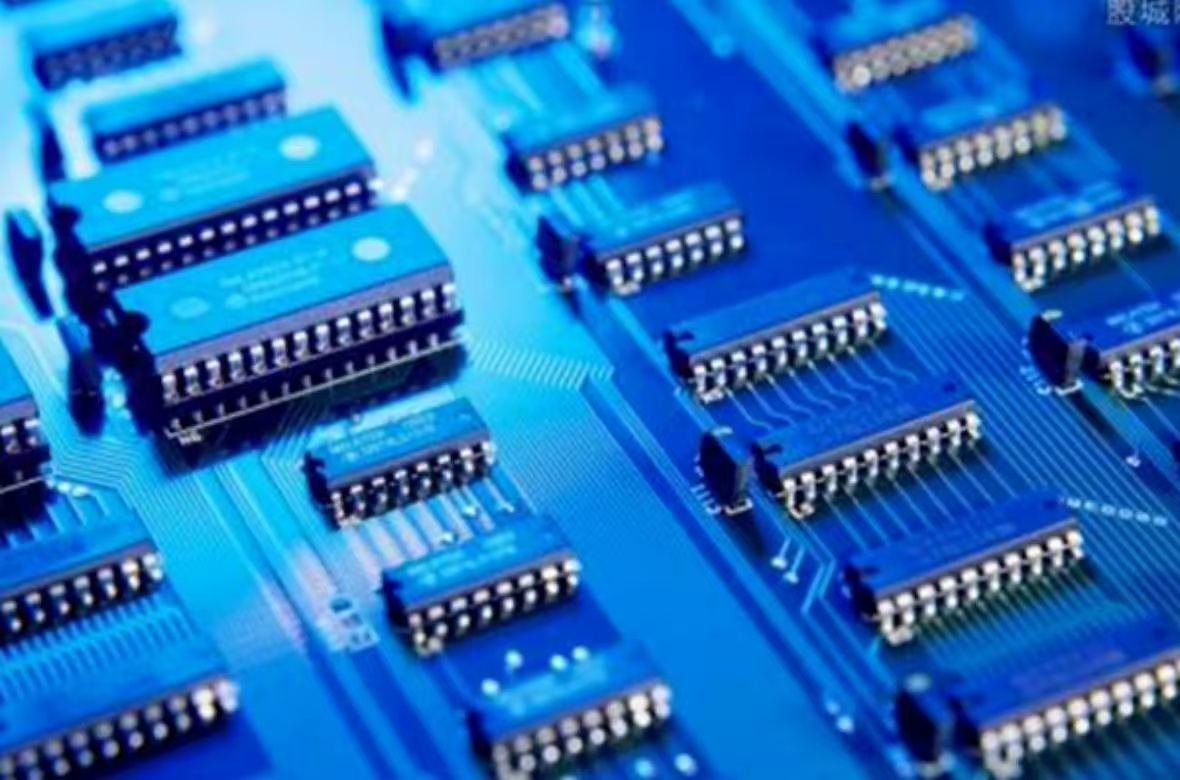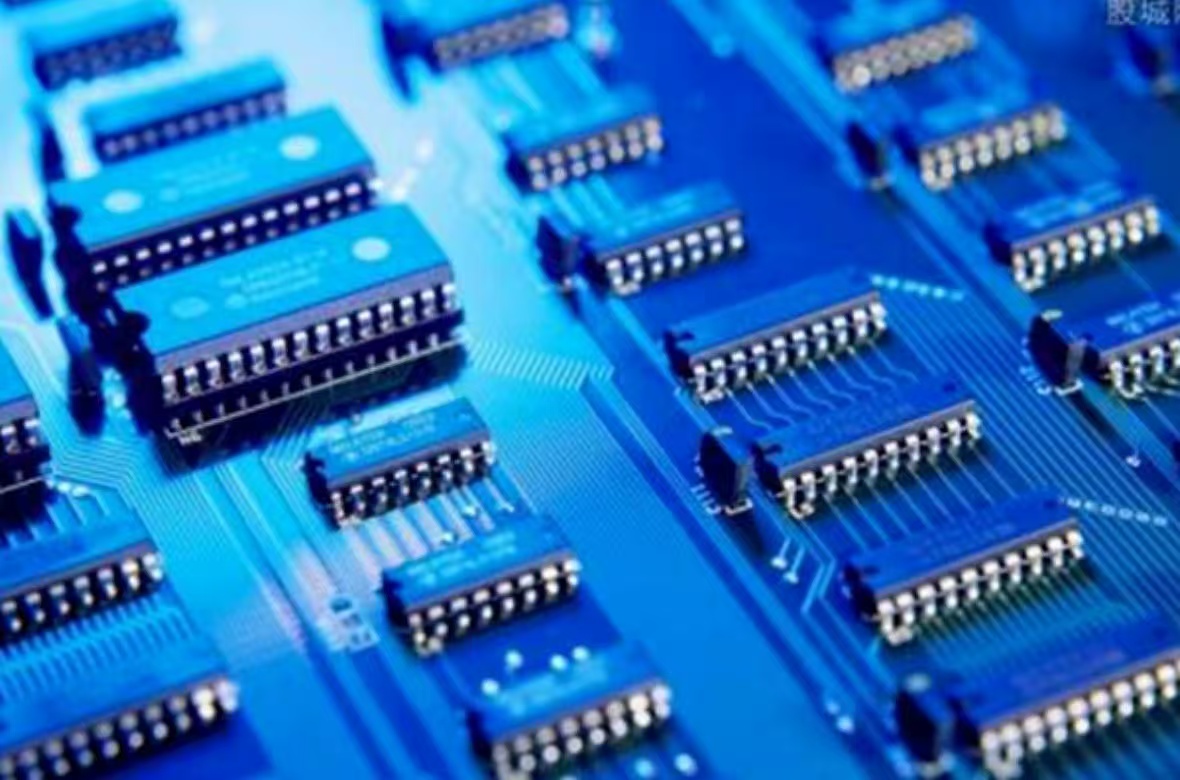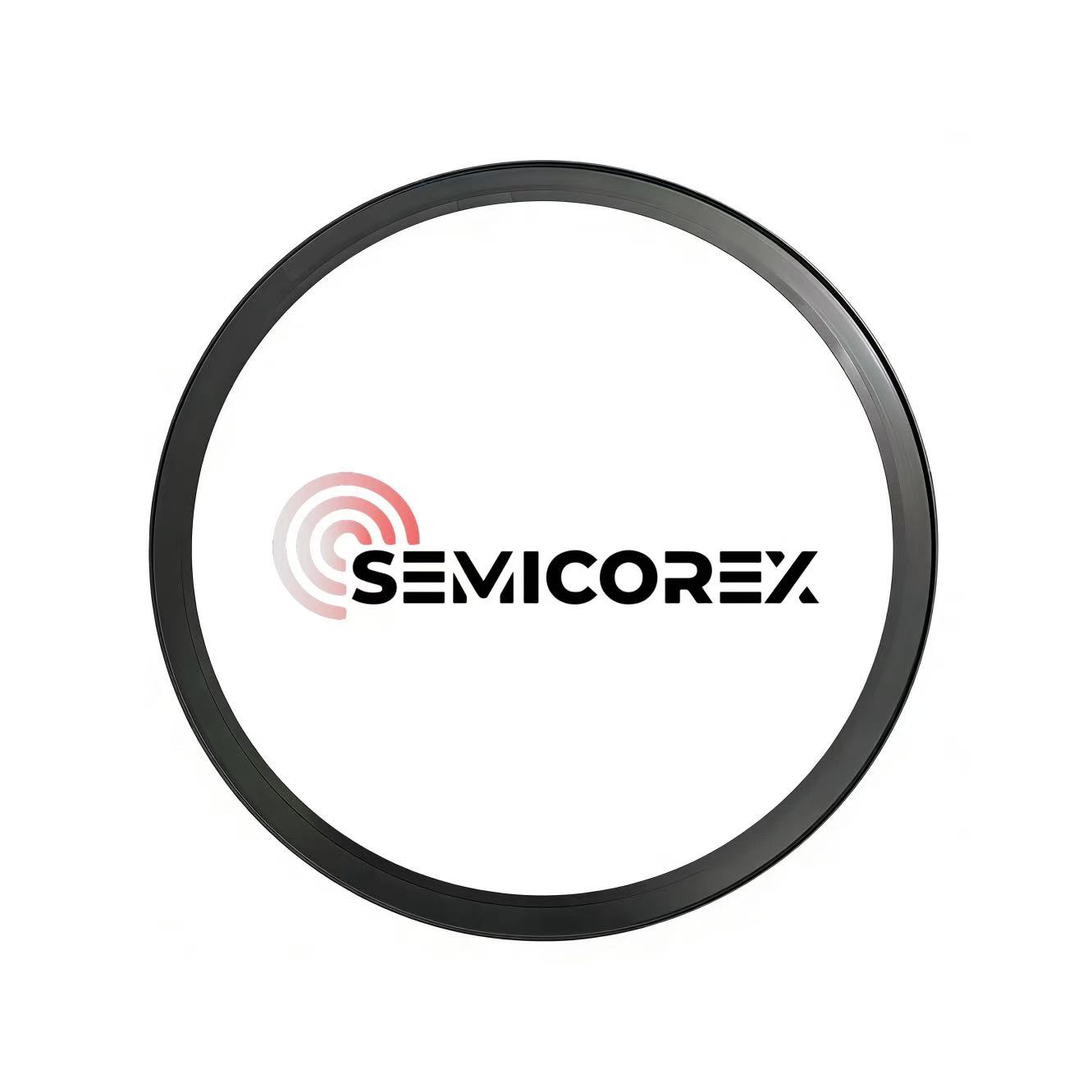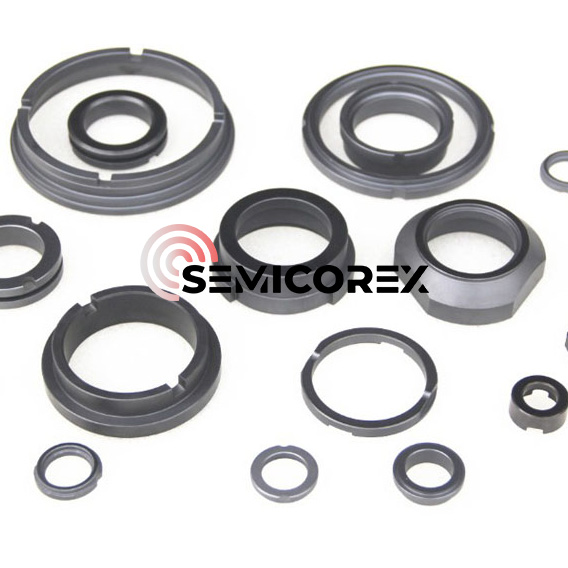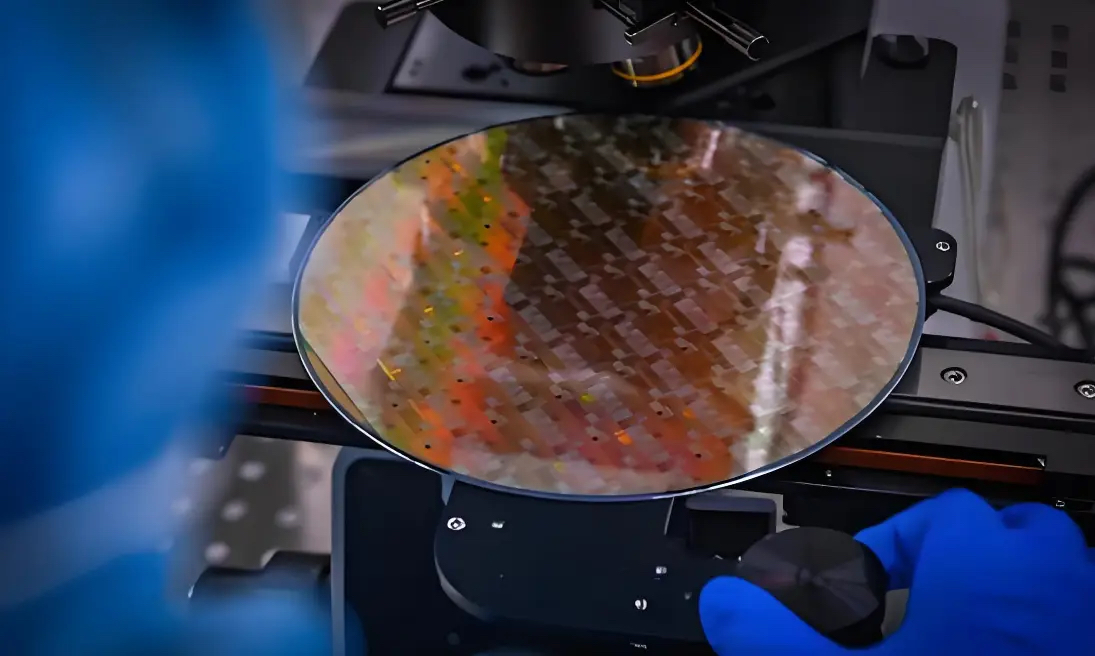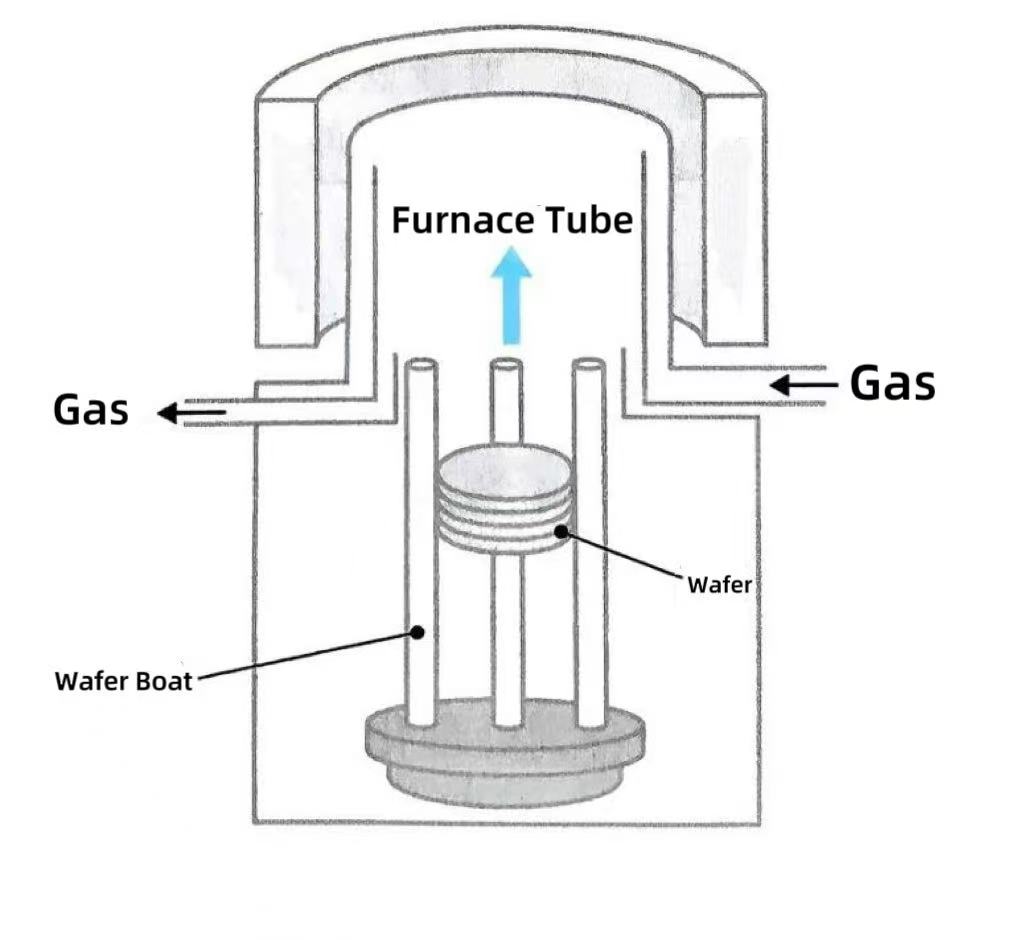
- English
- Español
- Português
- русский
- Français
- 日本語
- Deutsch
- tiếng Việt
- Italiano
- Nederlands
- ภาษาไทย
- Polski
- 한국어
- Svenska
- magyar
- Malay
- বাংলা ভাষার
- Dansk
- Suomi
- हिन्दी
- Pilipino
- Türkçe
- Gaeilge
- العربية
- Indonesia
- Norsk
- تمل
- český
- ελληνικά
- український
- Javanese
- فارسی
- தமிழ்
- తెలుగు
- नेपाली
- Burmese
- български
- ລາວ
- Latine
- Қазақша
- Euskal
- Azərbaycan
- Slovenský jazyk
- Македонски
- Lietuvos
- Eesti Keel
- Română
- Slovenski
- मराठी
- Srpski језик
Industry News
What are First-generation, Second-generation, Third-generation, and Fourth-generation Semiconductor Materials?
Semiconductor materials are the materials with electrical conductivity between conductors and insulators at room temperature, which are widely used in fields like integrated circuits, communications, energy and optoelectronics. With development of technology, semiconductor materials have evolved fro......
Read MoreWhat are First-generation, Second-generation, Third-generation, and Fourth-generation semiconductor materials?
Semiconductor materials are the materials with electrical conductivity between conductors and insulators at room temperature, which are widely used in fields like integrated circuits, communications, energy and optoelectronics. With development of technology, semiconductor materials have evolved fro......
Read MoreWhat is the Function of Focus Rings?
Focus rings are the essential components to ensure the uniformity and stability of the semiconductor etching processes. Through precise control of electric and thermal fields, focus rings can concentrate plasma on the wafer surface, ensuring consistent etching results across all locations on the waf......
Read MoreSiC Ceramic Mechanical Seals
Silicon carbide has good chemical stability and can withstand various highly corrosive acidic and alkaline media, making it suitable for mechanical seals in corrosive media. Corrosive wear is a major form of failure for friction pair materials. Hot-pressed sintered silicon carbide forms a protective......
Read MoreWhat is the particle defects?
Particle defects refer to the tiny particulate inclusions inside or on the semiconductor wafers. They can damage the structural integrity of semiconductor devices and cause electrical faults such as short circuits and open circuits. Since these problems caused by particle defects can seriously af......
Read MoreWhy have vertical furnaces become the mainstream choice?
Vertical furnaces are the vertically placed high-temperature heating devices specially designed for the heat treatment of semiconductor manufacturing. The complete vertical furnace system is composed of the high-temperature resistant furnace tube, the heating element, the temperature control system,......
Read More
